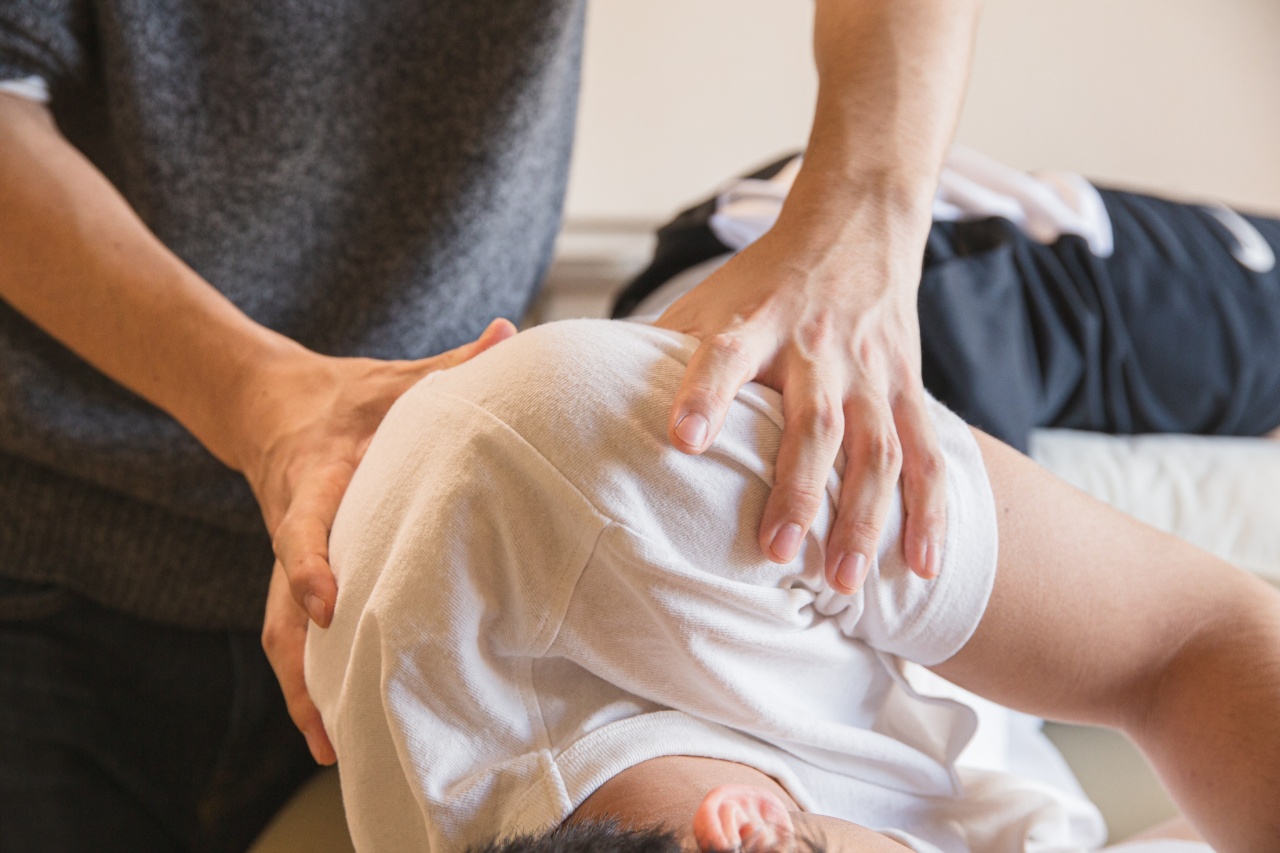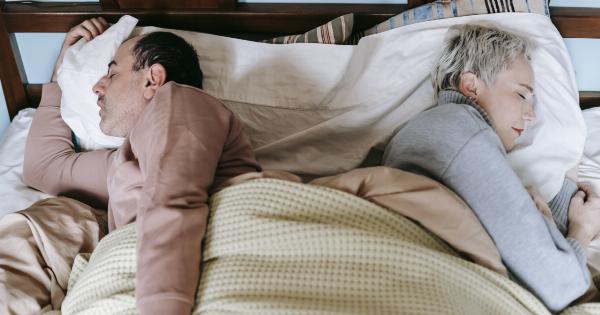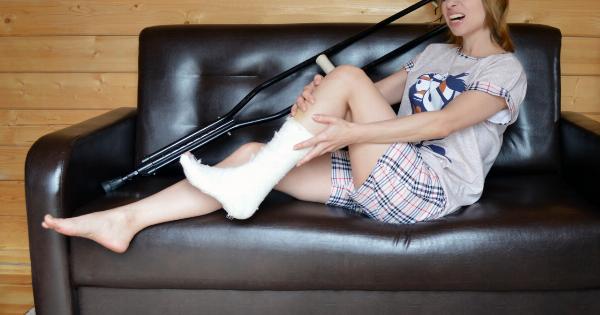When it comes to middle back pain, it can sometimes be difficult to pinpoint the exact source of the discomfort. Pain in the middle of your back can be caused by a variety of factors, including problems with your spine or issues with your hip.
In this article, we’ll discuss the differences between these two types of pain and provide some tips for managing your symptoms.
Understanding Spinal Pain
If your pain is located in the middle of your back and feels like a dull ache or a stabbing sensation, it’s possible that you’re dealing with an issue related to your spine. Some common causes of spinal pain include:.
- Herniated or bulging discs
- Spinal stenosis
- Scoliosis
- Arthritis
- Vertebral fractures
If you suspect that your middle back pain is related to your spine, it’s important to see a doctor or chiropractor. They can perform a physical exam and imaging tests, such as an X-ray or MRI, to determine the cause of your pain.
Once they have a diagnosis, they can recommend a treatment plan that may include medication, physical therapy, or surgery.
Decoding Hip Pain
While many people associate hip pain with the lower back and hips, it’s possible for hip issues to cause discomfort in the middle of your back.
If you have pain in the middle of your back that feels like a sharp, stabbing sensation or a burning feeling, it’s possible that your hip is to blame. Some common causes of hip pain that can lead to middle back discomfort include:.
- Arthritis
- Tendinitis
- Bursitis
- Labral tears
- Hip fractures
If you suspect that your hip is causing your middle back pain, it’s important to see a doctor or physical therapist.
They will perform a thorough evaluation of your hip joint and may recommend X-rays or other imaging tests to determine the cause of your pain. Treatment may include medication, physical therapy, or surgery.
Managing Middle Back Pain
No matter the cause of your middle back pain, there are steps you can take to manage your symptoms. Here are some tips to help you find relief:.
- Apply heat or ice to the affected area
- Take over-the-counter pain medication, such as ibuprofen or acetaminophen
- Try stretching or gentle exercises to loosen tight muscles
- Get plenty of rest and avoid activities that exacerbate your pain
- Consider using a back brace or other support device to provide stability and alleviate discomfort
If your pain is severe or persistent, it’s important to see a healthcare professional for further evaluation and treatment. They may be able to recommend additional strategies for managing your pain and improving your quality of life.
When to See a Doctor
If you experience any of the following symptoms in addition to your middle back pain, it’s important to seek medical attention right away:.
- Fever or chills
- Severe pain that does not improve with rest or medication
- Difficulty breathing
- Trouble standing or walking
- Numbness or tingling in your arms or legs
These symptoms could indicate a serious medical condition and require immediate attention from a healthcare professional.
























